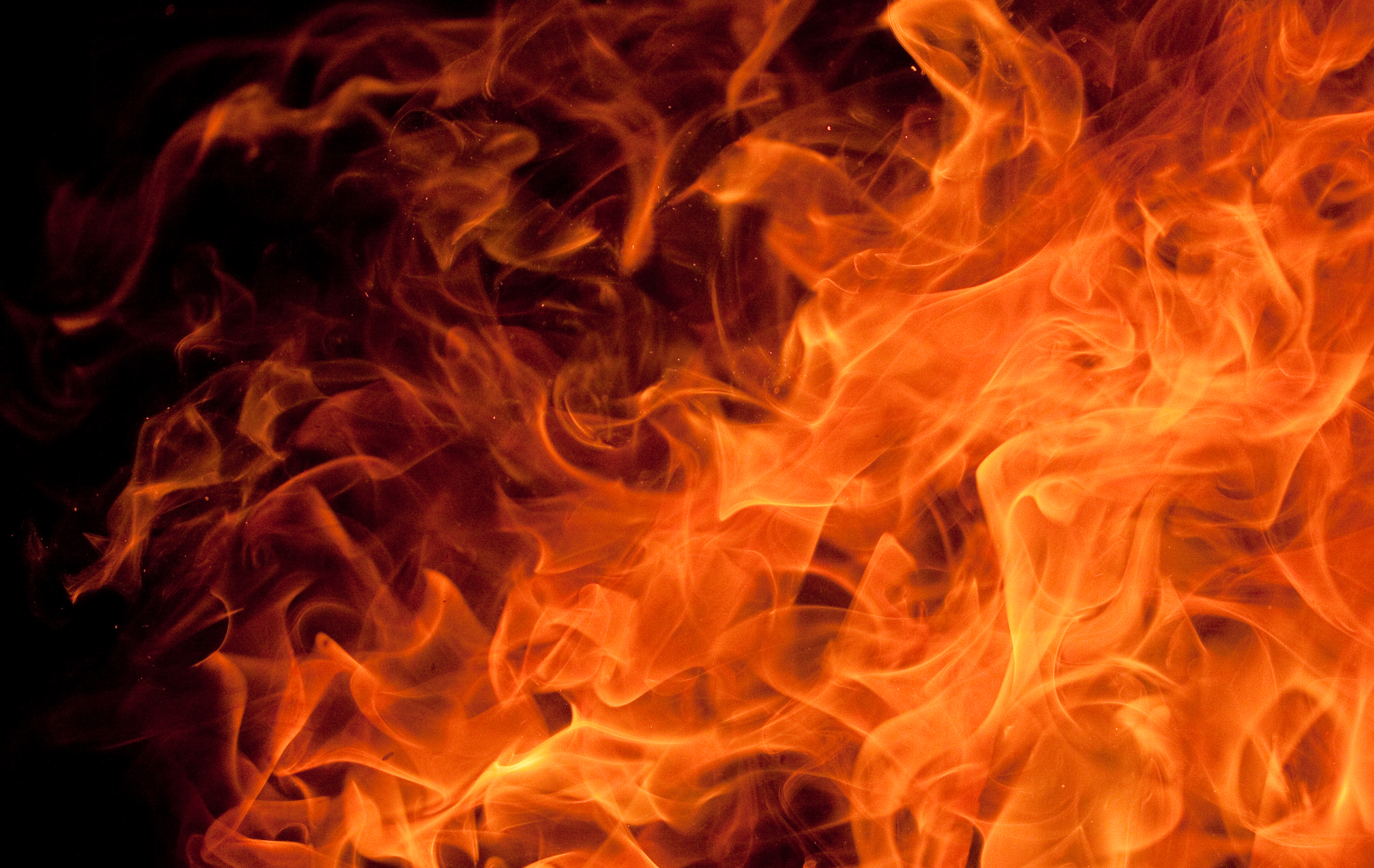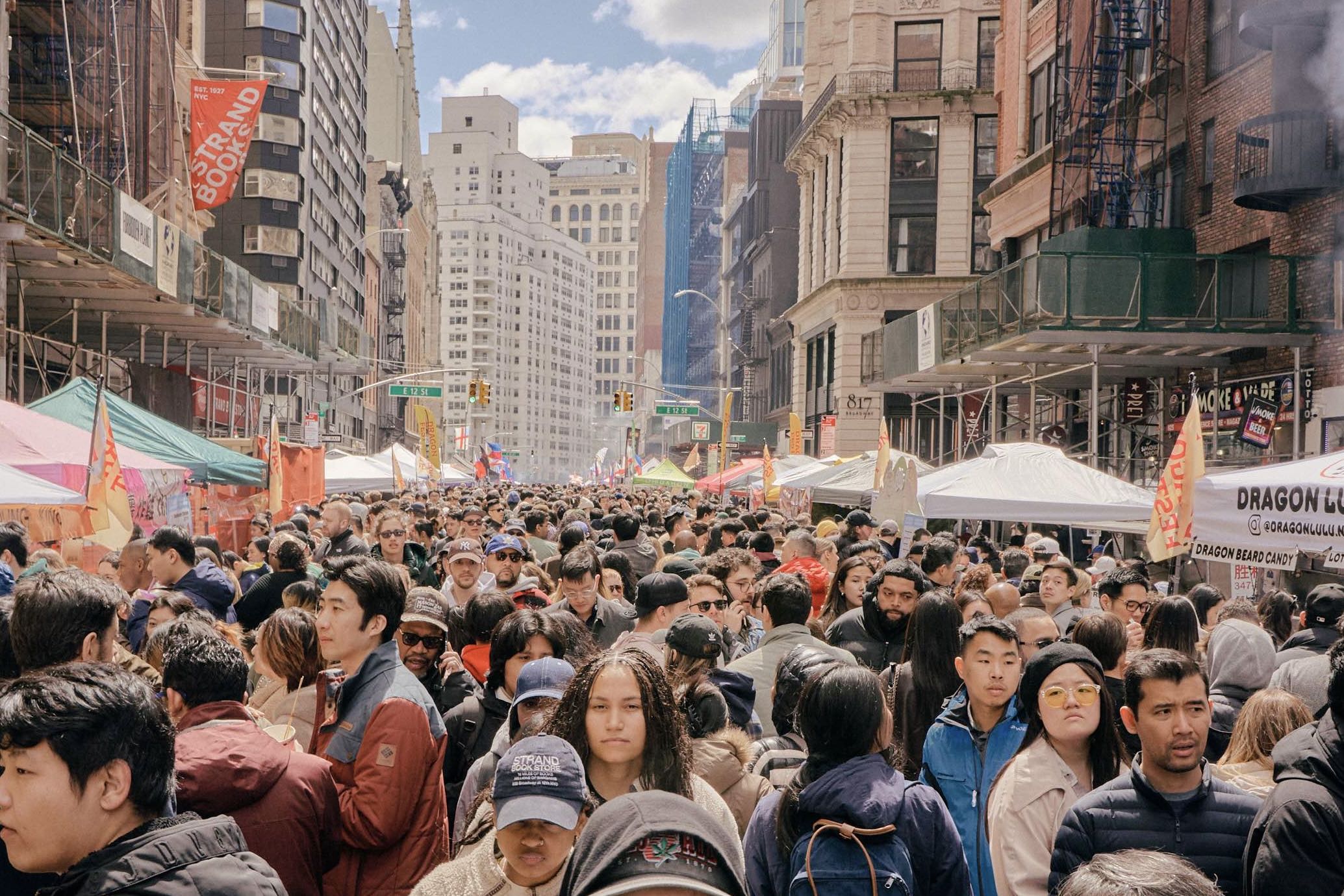The Brighton Beach B express train is 10 minutes late -- again.
Is it a derailment, sick passenger, stuck door, fire or flood? We’ve heard them all, but now, falling foliage may be another roadlblock in New Yorkers' commute.
That’s what transit officials are now saying in the roughly 500 signs they have posted along the Brighton Line and the Franklin Ave. shuttle at stations and on subway cars. Signs were posted in the middle of November and will come down by the beginning of next week when the falling foliage begins to taper.
The signs explain that trains run over these leaves and crush them, leaving a slippery, oily substance on the track that can affect the train’s ability to accelerate and brake. Passengers have been told to allow themselves extra travel time.
The broad-leaf leaves are, in fact, coated with epicuticular wax, a Yale professor of Forest Managment and Tree Physiology, Graeme P. Berlyn, told the New York Times. When trains crush the leaves, this wax combines with the leaves' plant cells and create the slippery residue.
“That just adds to the problem, because there is more matter between the tracks and the wheels,” Berlyn told the Times when asked told of the situation in the subway system. “The train wheels aren’t able to clamp down as hard on the tracks as if there were no leaves.”
“Because of leaves?” Q train rider Sylis Gordon, asked of the delay while she waited at the Parkside Avenue station. “That’s new," she told the Times. She looked at her surroundings and noticed garbage, but said, “There aren’t that many leaves.”
Local
"Delays because of leaves? That's amazing," doctoral student Kate Jassin, 29, told the paper.
Transit official attempted to fight the problem by running vacuum trains that remove the leaves and other debris from the track every week. A special train has been running on the tracks applying “a gritty material that helps create some friction between the wheel and the rail,” every night, general manager of the B, Q and shuttle line general manager, James E. Leopard, told the paper.
"I was out there today and it looks to me that the trees are pretty bare," he said. His estimations show that leaves have added about two minutes to the travel times on the route from end to end, a fraction of the approximately hour long ride on the B and Q lines.
No trains have overrun the stations because of the leafy mess, the manager said.
The leafy mess has also been a problem on the A line in Queens, L and N in Brooklyn and the No.5 in the Bronx, on sections where the line is at grade or below grade level. Elevated and underground lines aren’t affected.
“The fall has always represented one of the biggest seasonal challenges the railway has faced,” Staten Island Railway chief officer, John G. Gaul, told the Times, whose system is almost entirely open. “We’re almost all outdoors, and the majority of the line is heavily vegetated. We operate through residential areas and protected woodlands.” He added, “It’s something that the commuter railroads battle with, just terminal to terminal.”



